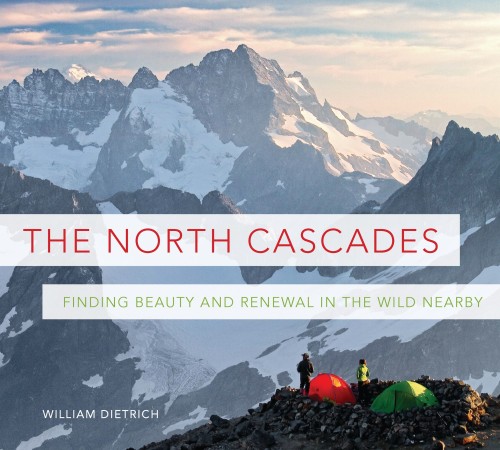Notable Environmental Books of 2014

As a book reviewer for the Cascadia Weekly, I pay close attention to what’s being published, with a special focus on books on regional topics, releases from regional publishers and titles that explore natural history and environmental issues. I’m extremely fortunate to receive dozens of complimentary review copies through the year, and try to read as many of them as I can. Here at the end of 2014, I put together a list of what I consider to be noteworthy and important environmental books released over the last year. It isn’t a comprehensive list by any means, but hopefully will provide you some inspiration for future reading!
One more thing, I strongly encourage you to purchase any of these titles that interest you from your local independent bookseller. We need community hubs like Village Books, Elliott Bay Books, Trail’s End Bookstore and Watermark Book Company to continue to promote literary diversity, local flavor, community economics and opportunities for grassroots free-thinking and creativity.
Without futher ado…
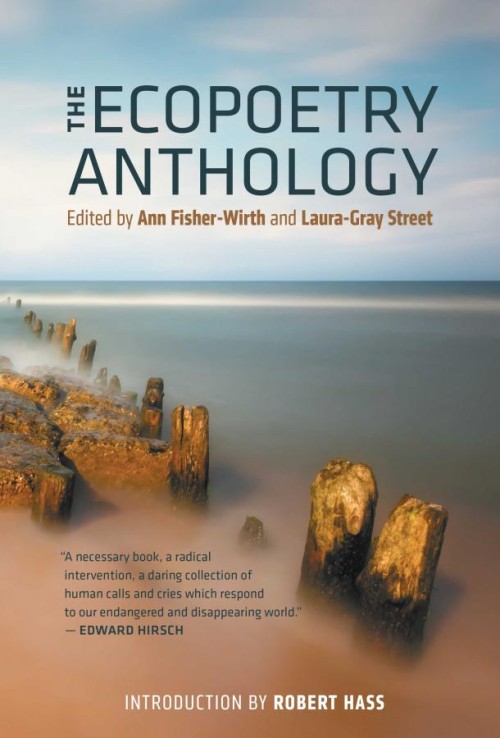
The Ecopoetry Anthology
Edited by Ann Fisher-Wirth and Laura-Gray Street (Trinity University Press)
In this new anthology of poetry, the editors are quick to explain that poetry has involved itself with the natural world since the very first poems were written, and that their collection is focused on poetry that is influenced by contemporary developments: the birth of the environmental movement, the incredible discoveries made in the natural sciences and the growing awareness and magnitude of ecological crises enveloping us. So while the book opens a historical foundation provided by the likes of Walt Whitman, Emily Dickinson, Robert Frost, Robinson Jeffers and Kenneth Rexroth, it soon dives in to a great tangle of recent works — “praise songs, incantations, narratives, meditations, lists, elegies, rhapsodies, jeremiads” — which the editors hope contain power to “move the world — to break through our dulled disregard, our carelessness, our despair.” Poets like Wendell Berry, Gary Snyder, Mary Oliver, Ted Kooser, Robert Hass, Jane Hirschfield, Linda Hogan and W.S. Merwin — and better yet, poets you haven’t discovered yet — are called in to do the heavy lifting.
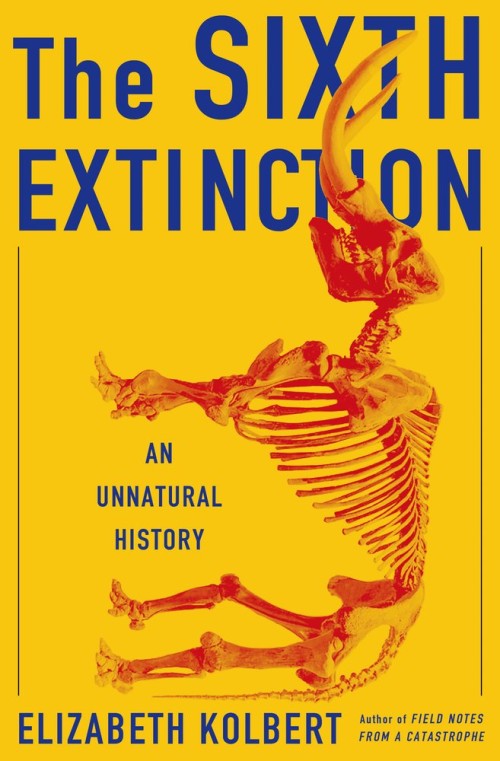
The Sixth Extinction: An Unnatural History
Elizabeth Kolbert (Henry Holt)
When I received a copy of this book, I thought “why would I ever spend my precious time on such a grim topic?” I dabbled in the first few pages and, before I knew it, Kolbert’s well-built narrative and engaging prose swept me up and through to the end. The Sixth Extinction is engaging and informative and even kind of fun, like a good, long New Yorker article, which is where Kolbert holds her day job. Each chapter is based around investigation of a species that is either long-extinct or currently endangered, with Kolbert traveling around the world to explore jungles, zoos, ice regions, coasts, caves and islands, interviewing scientists, citizen activists, anthropologists, climatologists and other front-line experts along the way.
The author explores the history of our understanding of extinction — how the very concept of species disappearing from the planet challenged science at the time, and how discoveries of mammoth bones and ammonites, plate tectonics, natural selection, climate change and evolving concepts on the origin of homo sapiens have come together to illuminate life on Planet Earth over the past 3 billion years.
As the narrative reaches our modern times, what many geologists are starting to call the Anthropocene, the unfolding understanding of how many species Earth is going to lose is grim indeed. The Sixth Extinction is unfolding right now, primarily because of us, and it’s an open question what will survive our disastrous reign.

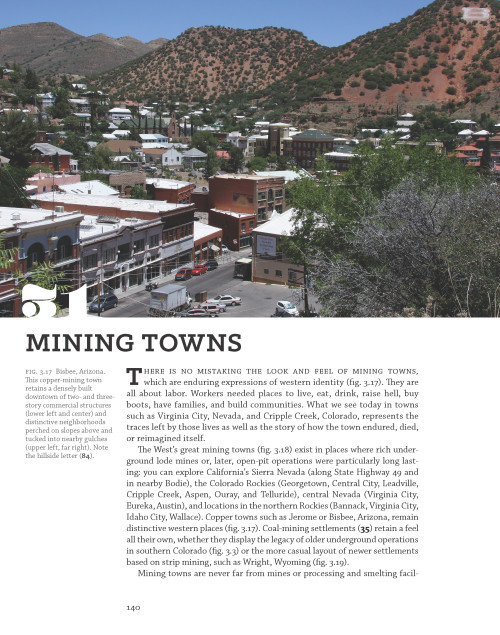
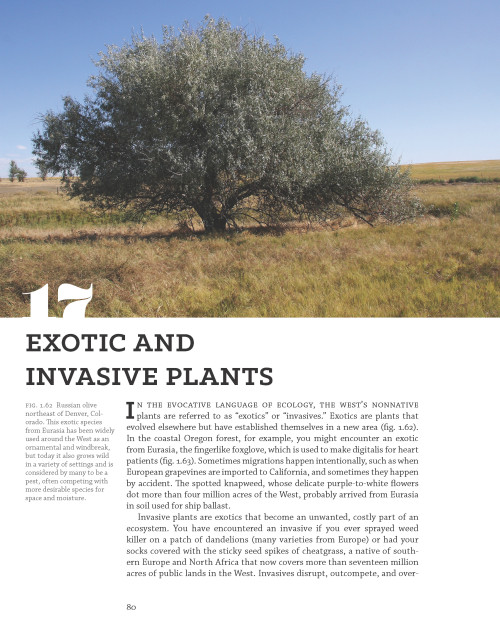
How to Read the American West: A Field Guide
William Wyckoff (University of Washington Press)
We are all familiar with field guides that interpret the natural world for us, like Sibley’s Guide to Birds and Pojar and MacKinnon’s Plants of the Pacific Northwest Coast. But a field guide for dude ranches, strip malls, grain elevators, cloudscapes, ski towns, farmworker settlements and gay and lesbian neighborhoods? William Wyckoff, a professor of geography at Montana State University and talented photographer, has created a strange, fascinating and often humorous book that surveys our modern American landscape, both natural and human-built.
Nobody Home: Writing, Buddhism and Living in Places
Gary Snyder and Julia Martin (Trinity University Press)
This diminutive volume holds three lively, in-depth interviews and a trove of correspondence that transpired over three decades between a graduate student-turned-professor living in South Africa and the Pulitzer Prize-winning poet living in the mountains of California. A mutual interest in esoteric topics like bioregionalism, ecocriticism, Zen practice and poetics sparked their long relationship, and Martin’s sensitive but persistent proddings bring forth a wealth of insights from Snyder. In their letters, we eavesdrop on the development of a caring friendship, reading accounts of travels and academic conferences, all the while Snyder providing sage advice to the younger writer.
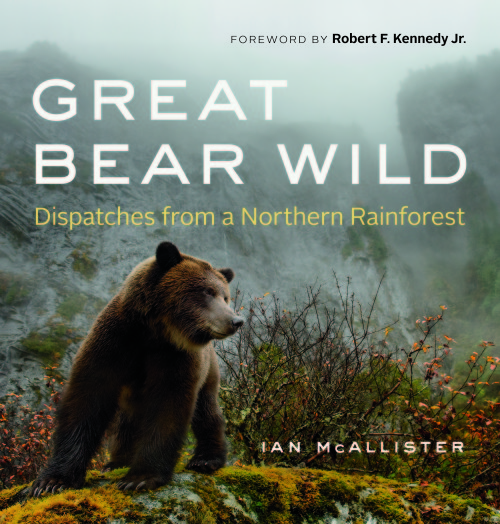
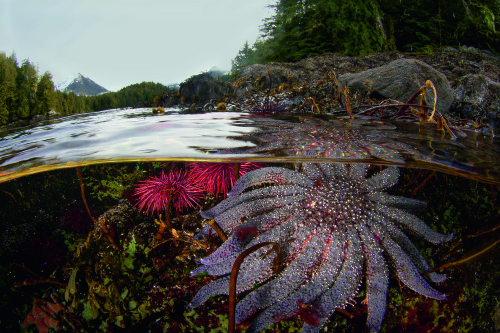
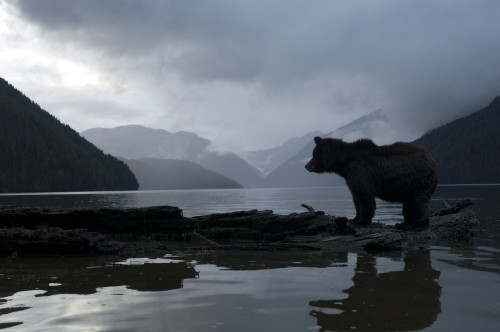 Photos by Ian McAllister
Photos by Ian McAllister
Great Bear Wild: Dispatches from a Northern Rainforest
Ian McAllister (University of Washington Press)
The Great Bear Rainforest stretches across much of Canada’s Pacific Coast, largely roadless and sparsely populated save for native villages and remote outposts. The unbroken rainforest and rugged coast are home to orca whales, Stellar’s sea lions, gray wolves, salmon, herring, tufted puffins, sunflower sea stars, coastal mink, black and grizzly bears and a rare species of white bear called Kermode, Ursus americanus kermodei, or “spirit bear.” Offshore islands were spared the ravages of the last Ice Age, and are refugia of genetically unique flora and fauna and ancient remains of past epochs.
Unfortunately, the Great Bear Rainforest is located between the world’s second-largest known oil reserves in Alberta and the logical place to locate a shipping port to deliver those resources to Asia. Last year, a government panel recommended approval of the Northern Gateway pipeline, a project that would carry diluted bitumen from the tar sand fields through the heart of the ecosystem to shipping facilities on the coast. There are plans for transporting liquified natural gas to China along a similar route.
Both ill-considered plans not only threaten the rainforest and its rare terrestrial web of life, but also the coastal and marine environments too as tankers capable of hauling 2 million barrels per sailing travel some of the most dangerous seas in the world.
Photographer and writer Ian McAllister has explored the region for two decades. His book combines stunning photography of the natural world – lush underwater reefs, Kermode cubs feeding on salmon, spyhopping orcas, preening puffins – with stories from his explorations and perspectives from the indigenous people who have lived here for tens of thousands of years.
The result is a convincing testament for a place on the planet largely untouched by the modern world, and a prayer to keep it that way.
Crown of the Continent: The Wildest Rockies
Steven Gnam (Braided River)
Pronghorn antelope, moose, mountain goats, tundra swans, mountain lions, Clark’s nutcrackers, bison, wolverines and damselflies populate the pages of this photography book published by Braided River, a conservation imprint of the legendary Mountaineers Books in Seattle. The “Crown of the Continent” is where Alberta, British Columbia and Montana converge, 18 million acres of rugged, biodiverse beauty with the Waterton-Glacier International Peace Park at its heart. From here, clean cold waters flow out to the Pacific Ocean, Hudson Bay and the Gulf of Mexico, passing through 16 states and 4 provinces. Steven Gnam shares his love of the land through photographs that make the vast spaces seem intimate, with an eye for natural detail and penchant for being in the right place at the right time.
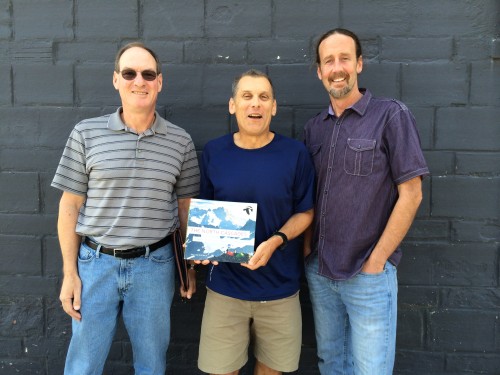 “Wild Nearby” authors Bill Dietrich, Craig Romano and Christian Martin
“Wild Nearby” authors Bill Dietrich, Craig Romano and Christian Martin
The North Cascades: Finding Beauty and Renewal in the Wild Nearby
William Dietrich, Christian Martin and Craig Romano (Braided River)
I was honored to be a part of another Braided River book project in 2014. Together with Pulitzer Prize-winning environmental journalist William Dietrich and guidebook author extraordinaire Craig Romano, as well as more than 20 of the Northwest’s leading outdoor photographers, we collaborated with the intent of raising awareness and inspiring a new generation of stewardship for “The Wild Nearby.”
One of the wildest ecosystems in America, the North Cascades hold more glaciers than anywhere else in the Lower 48, which provide cold, clean water to local rivers year-round, supporting wild salmon and a host of other species (as well as hydropower, irrigation for agriculture and drinking water for several cities). Because of the great topographical relief, they hold an amazing amount of biodiversity. And they are home to rare mammals such as gray wolves, lynx, wolverines, marten and grizzly bear.
Dietrich details the natural and cultural history of the region. I populate the narrative with profiles of people who play, teach, write, photograph, study, steward and recreate in the North Cascades. And Romano outlines dozens of ways for readers to get out there, whether by car, boat, boot or bike.
To have such a resource in our own backyard is a treasure beyond measure. Our book is a small effort to help keep the “wild nearby” wild.
Others notable environmental titles published in 2014:
S is for Salmon, R is for Raven
Hannah Viano (Sasquatch Books)
The Carry Home: Lessons from the American Wilderness
Gary Ferguson (Counterpoint)
The Sibley Guide to Birds
David Allen Sibley (Knopf)
Distant Neighbors: The Selected Letters of Wendell Berry and Gary Snyder
Edited by Chad Wriglesworth (Counterpoint)
Evolution of the Genus Iris
Robert Michael Pyle (Lost Horse Press)
Unchopping a Tree
WS Merwin (Trinity University Press)
This Changes Everything
Naomi Klein (Simon and Schuster)
It All Turns On Affection
Wendell Berry (Counterpoint)
Outside
Barry Lopez (Trinity University Press)


